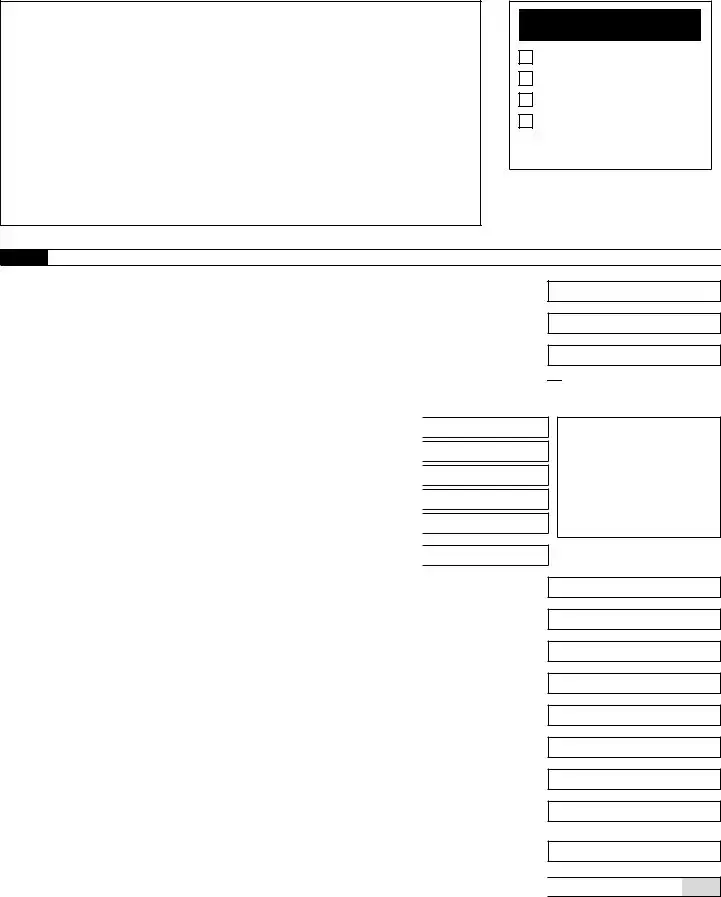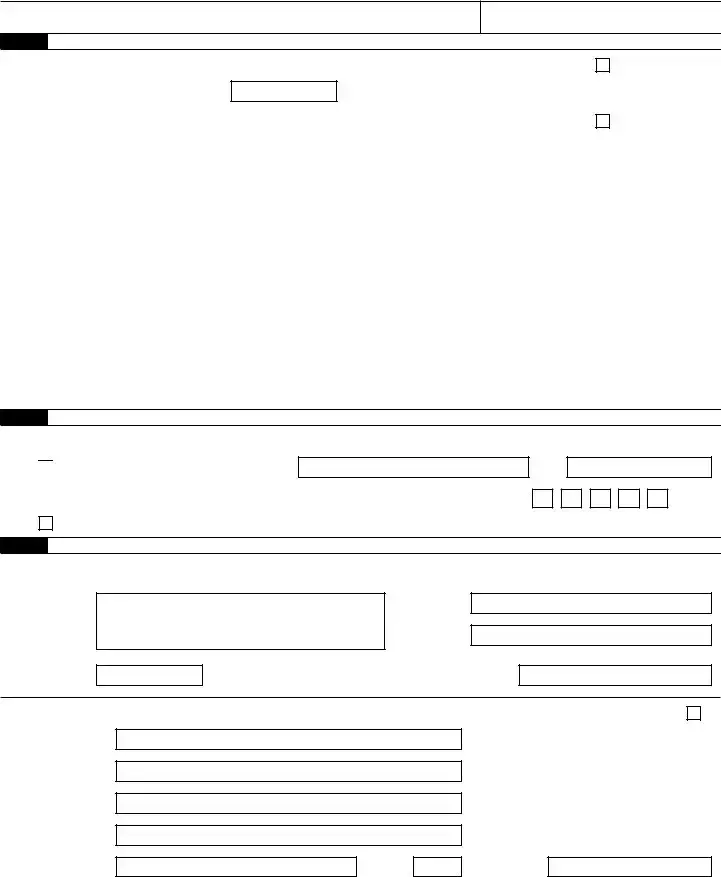The IRS Form 944 is similar to Form 941 in that both are used by employers to report payroll taxes. However, Form 944 is designed for smaller employers who have an annual payroll tax liability of $1,000 or less. While Form 941 is filed quarterly, Form 944 is filed annually. This difference in filing frequency and the threshold for usage makes Form 944 a simpler option for qualifying small businesses.
Form 943 is another related document, specifically for agricultural employers. Like Form 941, it reports income taxes withheld and Social Security and Medicare taxes. The key difference lies in the type of employment it covers. Form 943 is tailored for employers in the agricultural sector, focusing on farmworkers and seasonal employees. This specialization helps ensure compliance with tax regulations specific to agricultural operations.
Form 945 is also comparable, as it is used to report federal income tax withheld from non-payroll payments, such as pensions and annuities. While Form 941 deals with wages and salaries, Form 945 covers a different scope of income. Employers who make non-payroll payments must file Form 945 annually, similar to how some smaller employers file Form 944.
Form 1099 is a series of forms used to report various types of income other than wages, salaries, and tips. While it does not serve the same purpose as Form 941, it is related in that it provides the IRS with information about income paid to independent contractors and other non-employees. Employers must issue Form 1099 to report payments made, ensuring transparency and compliance with tax obligations.
In the realm of documentation, accurate records are paramount for effective transactions, similar to how critical forms like the IRS Form 944 and Form W-2 play their roles in the payroll process; this also extends to the use of a Bill of Sale which can be accessed easily through the following link: https://georgiapdf.com, ensuring clear communication and understanding between parties involved in the sales process.
Lastly, Form W-2 is essential for reporting wages paid to employees and the taxes withheld. Employers must provide a W-2 to each employee by January 31 of the following year. While Form 941 is filed quarterly to report tax liabilities, Form W-2 summarizes annual earnings and tax withholdings. Together, these forms help maintain accurate records for both the employer and the IRS.
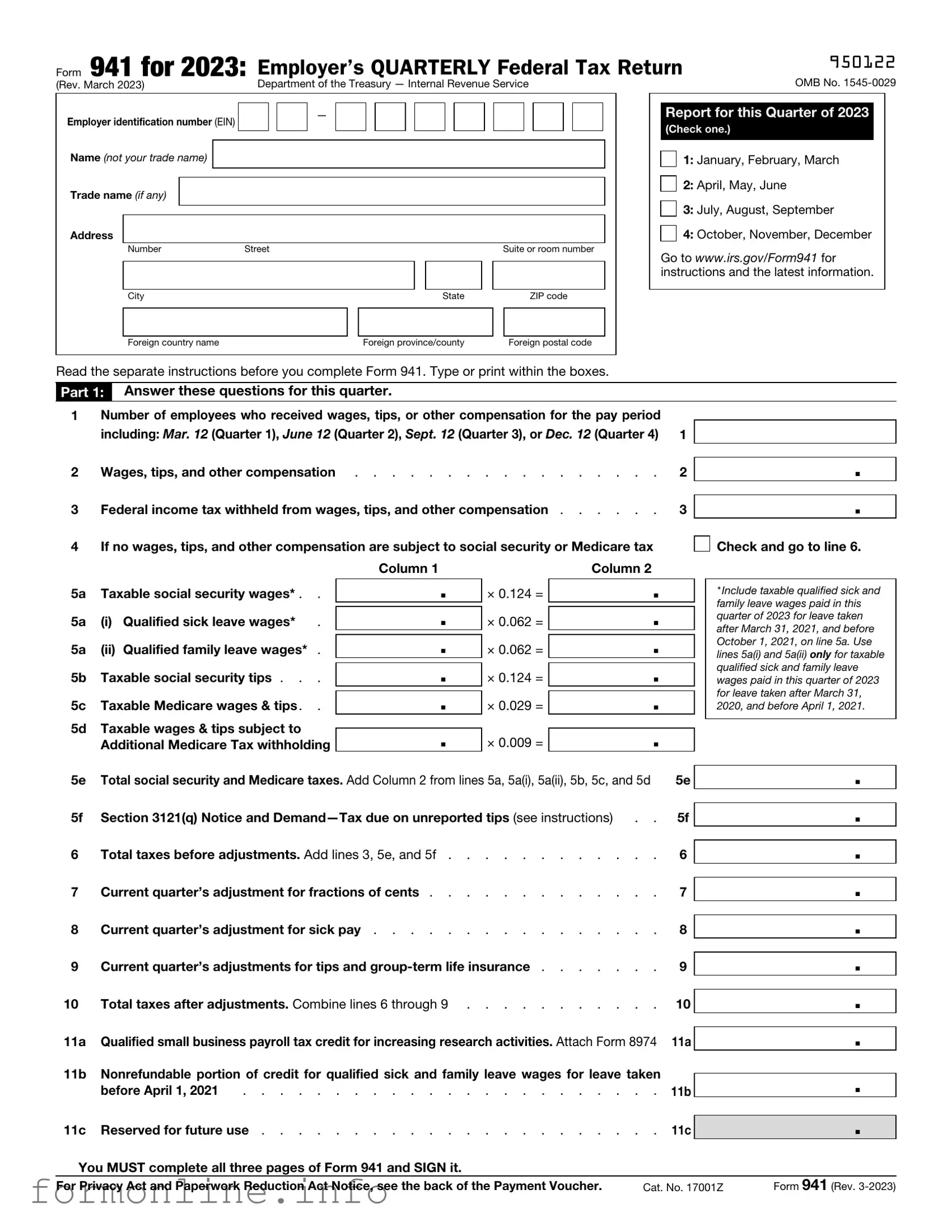
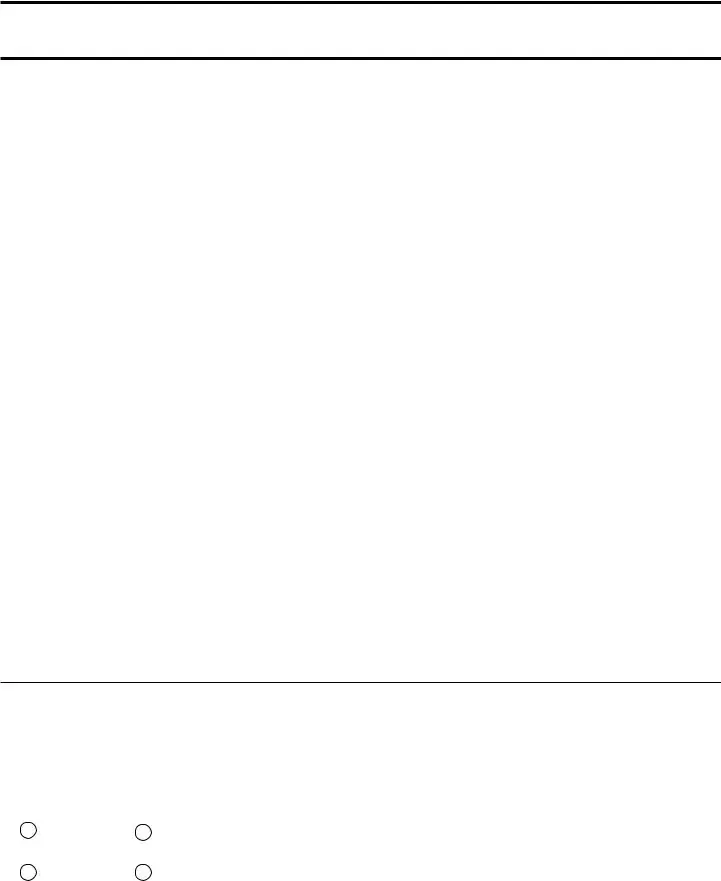

 Check and go to line 6.
Check and go to line 6.
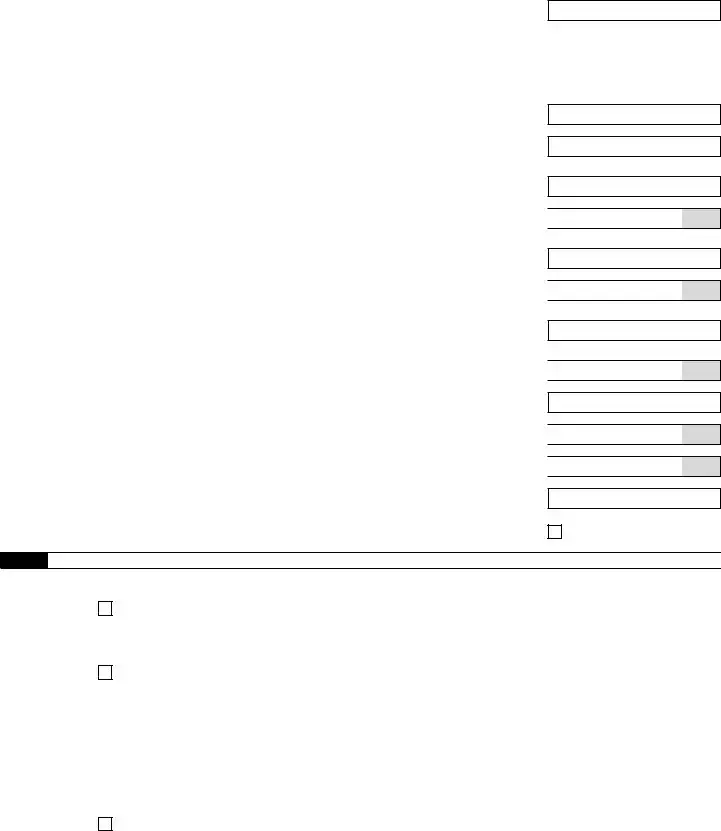
 .
. .
. .
. .
. .
.

 Yes. Designee’s name and phone number
Yes. Designee’s name and phone number